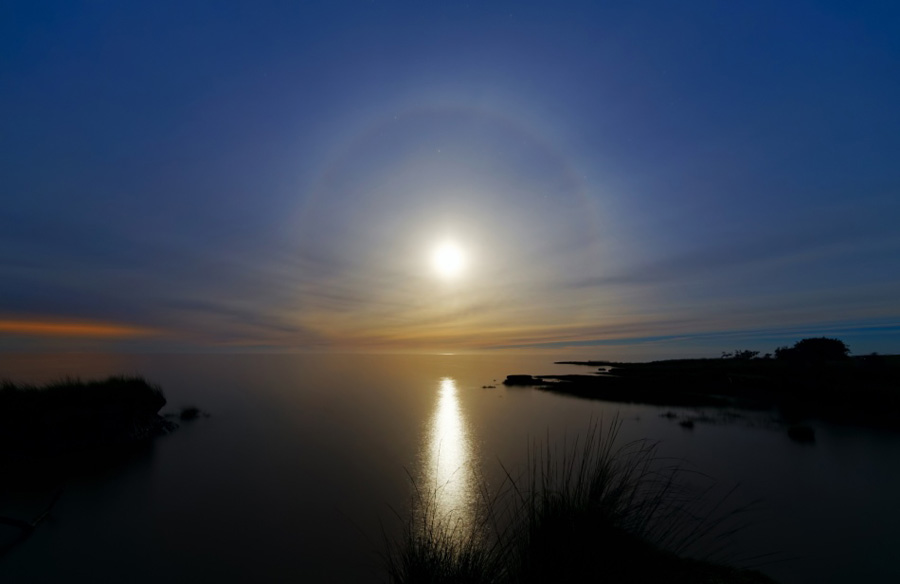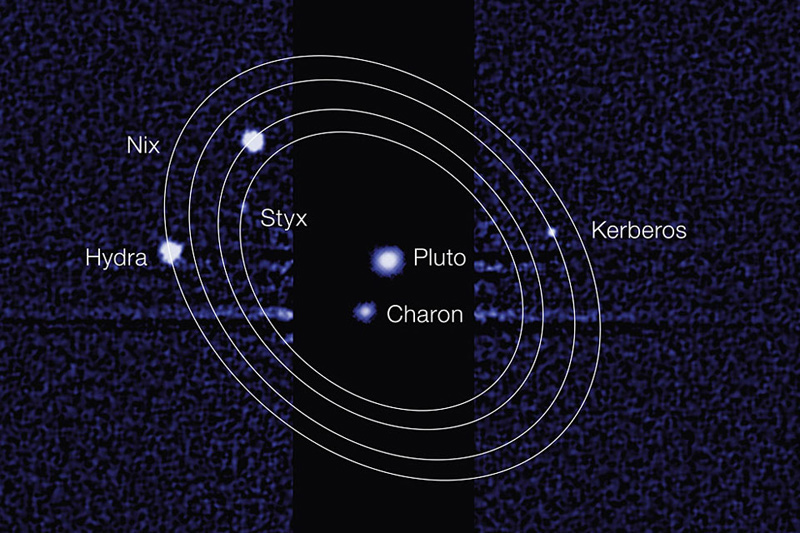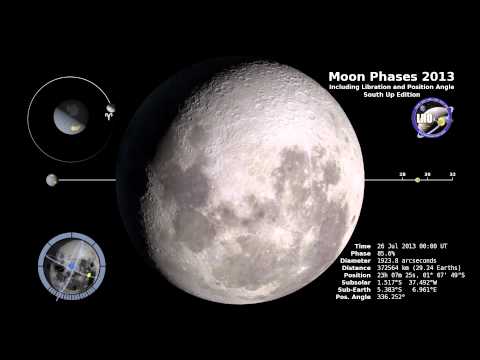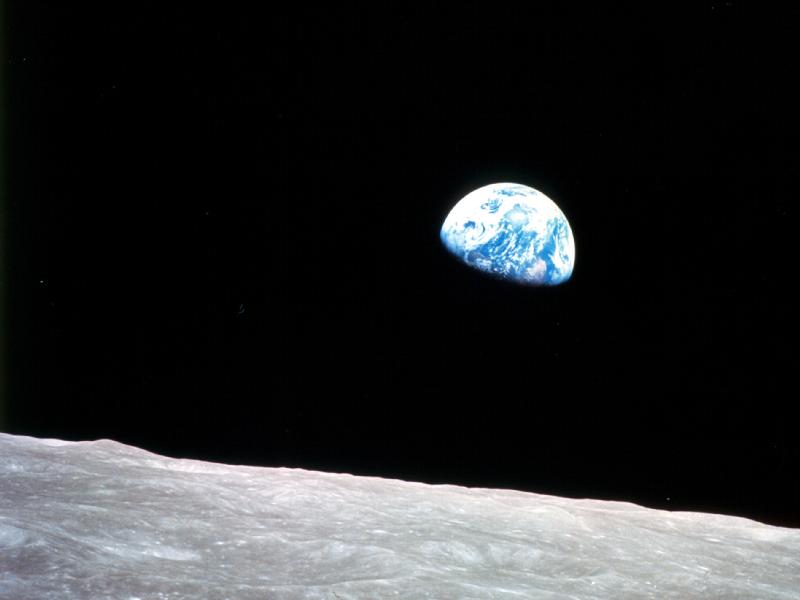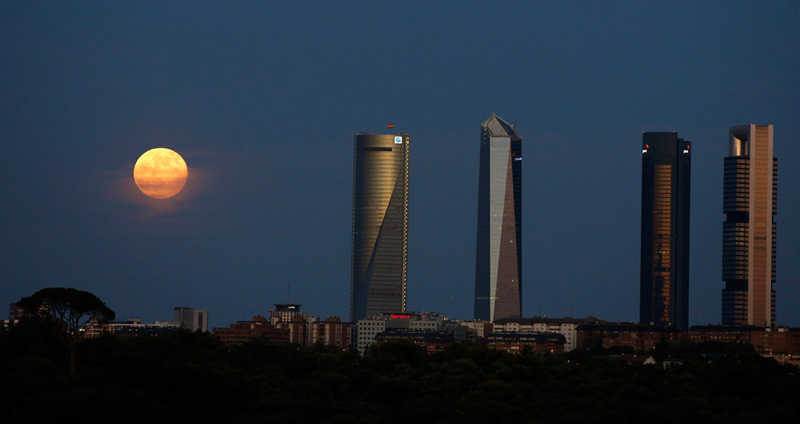A Super Moon’s Halo
A Full Perigee Moon rose as the Sun set last Sunday. At its closest to Earth it was, by just a bit, the year’s brightest and largest Full Moon also known as a Super Moon. Seen from Punta Piedras, Argentina and the mouth of the Rio de La Plata, near Buenos Aires, the Super Moon’s light created this magnificent circular lunar halo.

